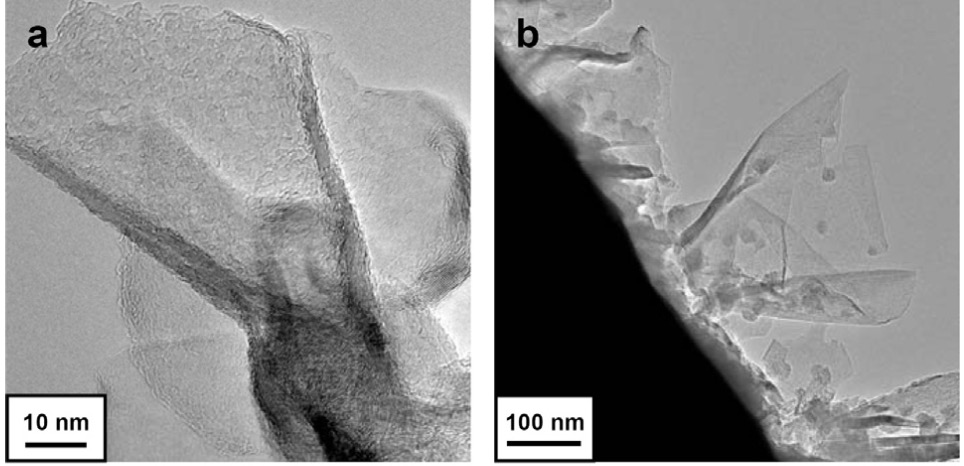A radio frequency plasma enhanced chemical vapor deposition system was used for the successful growth of thin vertical carbon nanowalls, also known as vertical graphene, on various substrates. Transmission electron microscopy studies confirmed the presence of vertical graphene walls, which are tapered, typically consisting of 10 layers at the base tapering off to 2 or 3 layers at the top. The sides of the walls are facetted at quantized angles of 30 degrees and the facetted sides are usually seamless. Growth occurs at the top open edge which is not facetted. Hydrogen induced etching allows for nucleation of branch walls apparently involving a carbon onion-like structure at the root base. Characterization by a superconducting quantum interference device showed magnetic hysteresis loops and weak ferromagnetic responses from the samples at room temperature and below. Temperature dependence of the magnetization revealed a magnetic phase transition around T = 50 K highlighting the coexistence of antiferromagnetic interactions as well as ferromagnetic order.

A radio frequency plasma enhanced chemical vapor deposition system was used for the successful growth of thin vertical carbon nanowalls, also known as vertical graphene, on various substrates. Transmission electron microscopy studies confirmed the presence of vertical graphene walls, which are tapered, typically consisting of 10 layers at the base tapering off to 2 or 3 layers at the top. The sides of the walls are facetted at quantized angles of 30 degrees and the facetted sides are usually seamless. Growth occurs at the top open edge which is not facetted. Hydrogen induced etching allows for nucleation of branch walls apparently involving a carbon onion-like structure at the root base. Characterization by a superconducting quantum interference device showed magnetic hysteresis loops and weak ferromagnetic responses from the samples at room temperature and below. Temperature dependence of the magnetization revealed a magnetic phase transition around T = 50 K highlighting the coexistence of antiferromagnetic interactions as well as ferromagnetic order.
